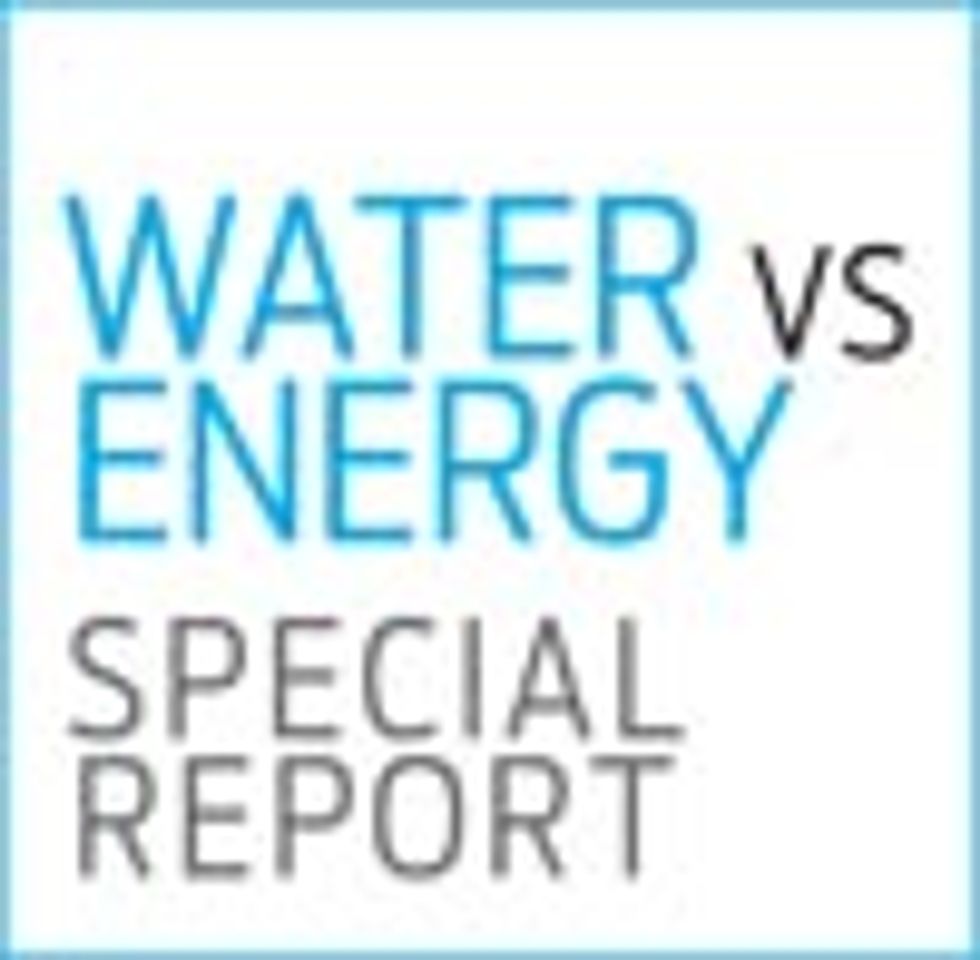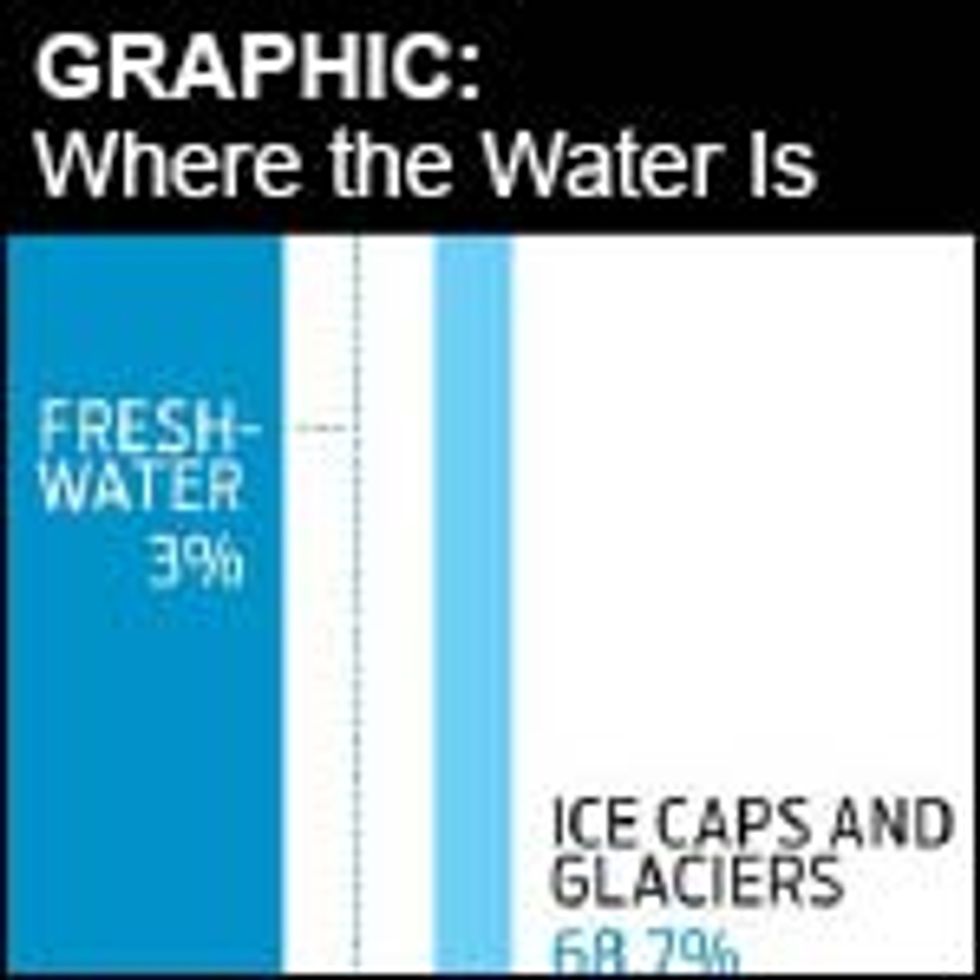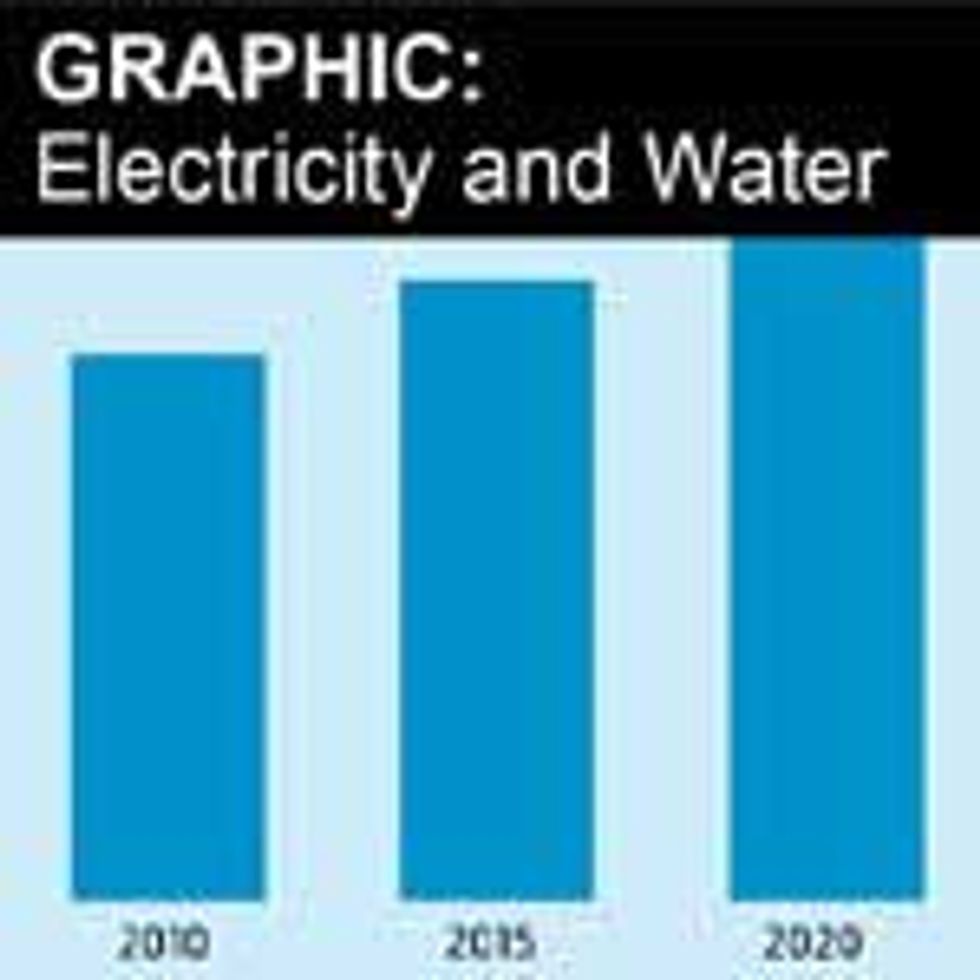The Coming Clash Between Water and Energy
Our thirst for water competes with our hunger for energy. Only radical new ideas will get us out of this mess
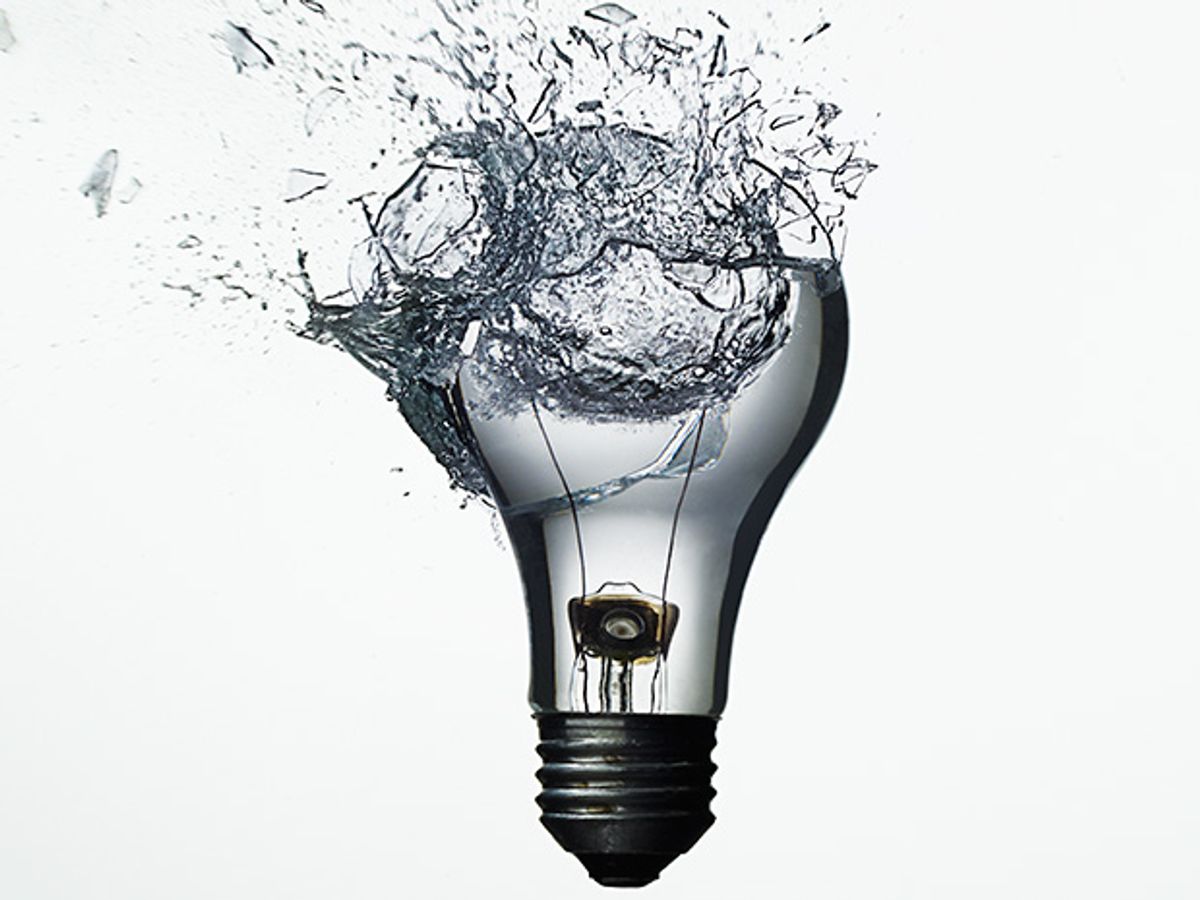
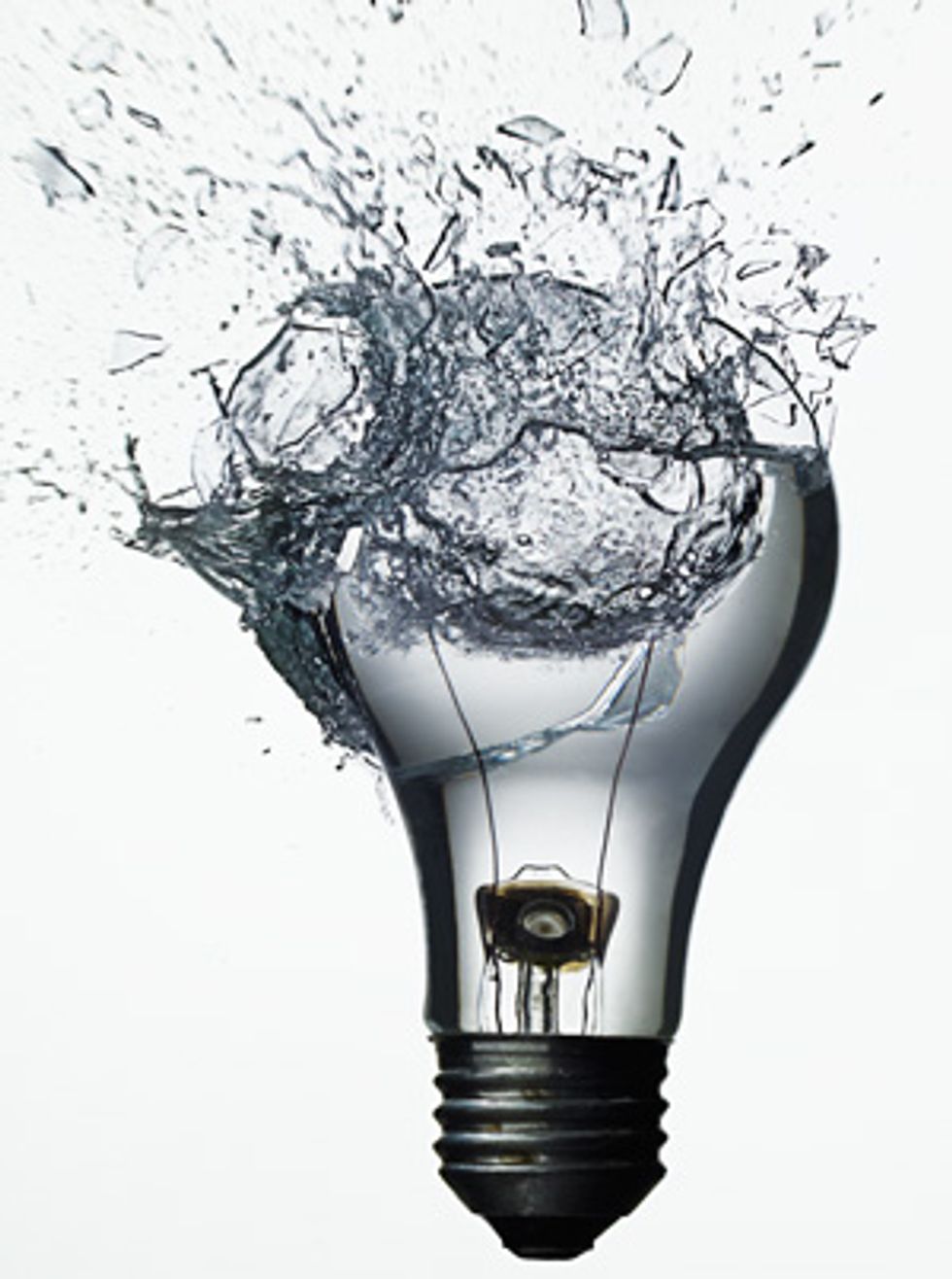
Consider a giant sponge, with limbs and tentacles that reach to the horizon. It dips into distant rivers, it delves for deep waters, it digs ditches to catch the rain—all to slake its insatiable thirst.
Clearly, this is no ordinary sea creature quietly snuffling the currents. We have met this sponge, and it is us. We humans are the thirstiest of creatures, and we’ve developed a nearly insatiable taste for this simple but delectable arrangement of hydrogen and oxygen atoms. But we need more. So much more.
We’re not talking about just drinking or bathing. Without water, we’d have practically no energy. Without energy—and therefore cars, planes, laptops, smartphones, and lighting—we wouldn’t be doing much.
In almost every type of power plant, water is a major hidden cost. Water cools the blistering steam of thermal plants and allows hydroelectric turbines to churn. It brings biofuel crops from the ground and geothermal energy from the depths of the Earth. Our power sources would be impotent without water.
Don’t believe us? Plug your iPhone into the wall, and about half a liter of water must flow through kilometers of pipes, pumps, and the heat exchangers of a power plant. That’s a lot of money and machinery just so you can get a 6–watt-hour charge for your flashy little phone. Now, add up all the half-liters of water used to generate the roughly 17 billion megawatt-hours that the world will burn through this year. Trust us, it’s a lot of water. In the United States alone, on just one average day, more than 500 billion liters of freshwater travel through the country’s power plants—more than twice what flows through the Nile.
Look at it another way. Robert Osborne, an enterprising water blogger, calculates that a single Google search takes about half a milliliter of water. Just a few drops, really. But the 300 million searches we do a day take 150 000 liters. That’s a thousand bathtubs of water to power the data centers that handle the world’s idle curiosity. We challenge you to find an activity more trivial than a search engine query.
With that much water needed for even the most trifling tasks, the natural question becomes: How does that water reach those data centers, let alone the world’s farms and factories? By using energy, of course.
We burn through entire power plants’ worth of output to move water from one river—the Colorado—to bring deserts into bloom. On India’s rice paddies, gigawatts of subsidized electricity have fueled an agricultural bonanza but have also induced farmers to pump the groundwater almost down to zero. In China, oversized infrastructure schemes are diverting rivers to the parched industrial cities of the north. On Australian farms, the shift to drip irrigation is saving water but boosting electricity usage.
The era of easy energy and plentiful water is ending; a new way of husbanding these resources must begin. Two islands stand out as compelling test cases. In Malta, a smart grid will monitor both water and electricity to elucidate the connections between the two. And Singaporeans have learned to accept the fact that their urine—treated and cleaned up, of course—is now part of what emerges from the tap.
Are these the kinds of solutions we need to keep the human machine and all its thirsty tentacles sated? We think they’re a start. How we plan—or fail—to resolve the competition between water and energy needs will become one of the defining issues of this century.
To Probe Further
Check out the rest of the special report: Water vs Energy.
